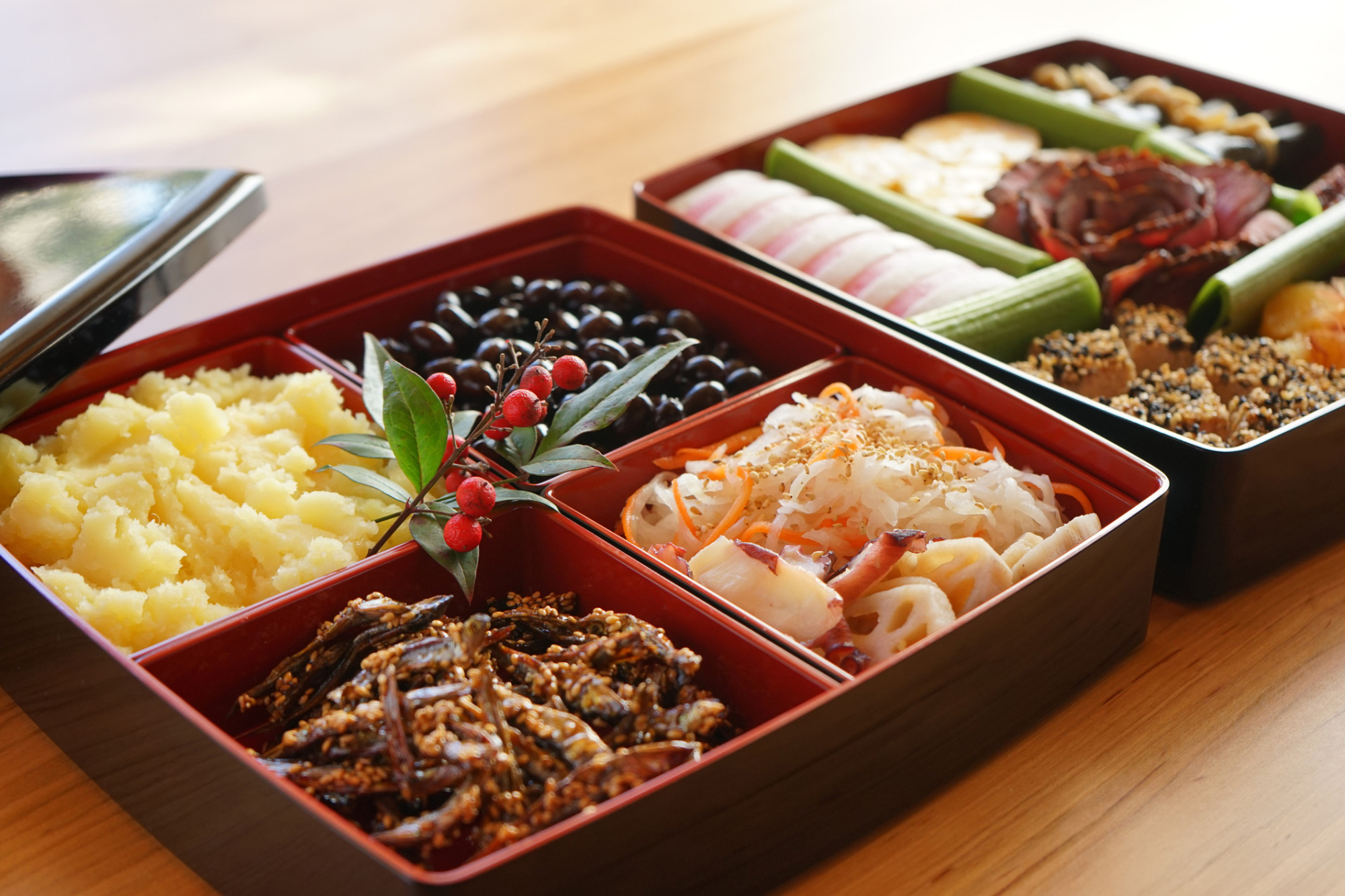For one thing, it's too warm. Back in mid-century Tokyo, お正月 (o-Shōgatsu, New Year's Day) used to be so cold, according to my grandmother, that peoples' laundry froze on the 物干し竿 (monohoshizao, bamboo drying pole).
ちなみに (chinami ni, by the way), 2016 was the hottest year on record (again) and 2017 opened to unseasonably warm temperatures. On Jan. 3, the 駅伝 (ekiden, long-distance relay) runners were sweating torrents as they crossed the finish line in Otemachi. From noonish to well after 2 p.m. it was a balmy 13.7 degrees Celsius. That was 3 degrees lower than last year but bad news for the runners, some of whom were suffering from dehydration.
My grandmother complained about the January frost, but she also held that mochi and other お節 (o-sechi, New Year's cuisine) tasted better for it. Like many Japanese women of her generation, おばあちゃん (Obāchan, Grandma) viewed o-Shōgatsu as an unavoidable annual project that involved thrice the amount of usual household labor and a ton of 気遣い (kizukai, consideration for others), plus a major drain on the coffers, as if the bills suddenly grew wings.



















With your current subscription plan you can comment on stories. However, before writing your first comment, please create a display name in the Profile section of your subscriber account page.